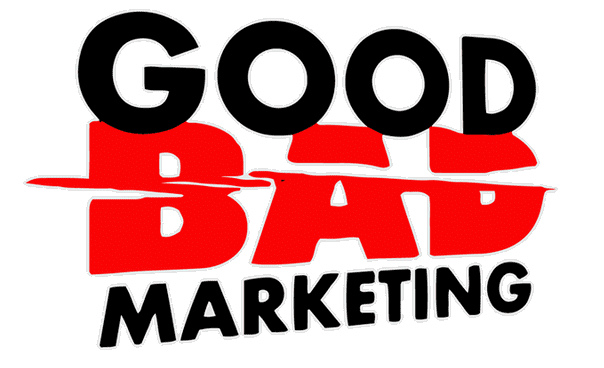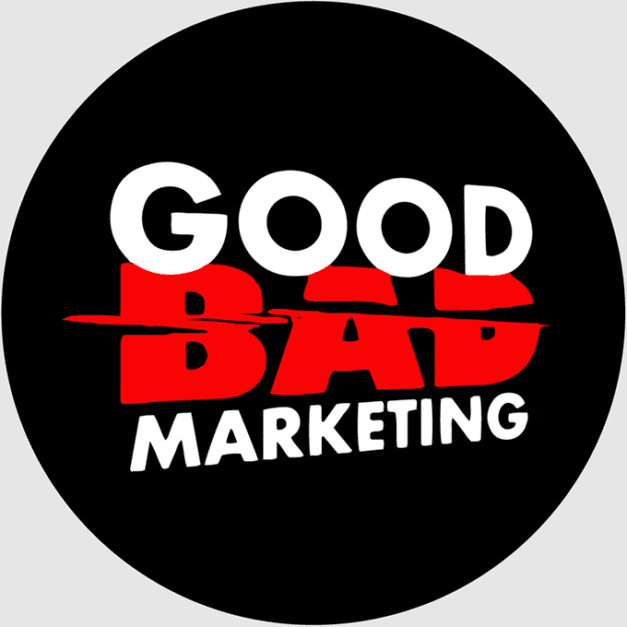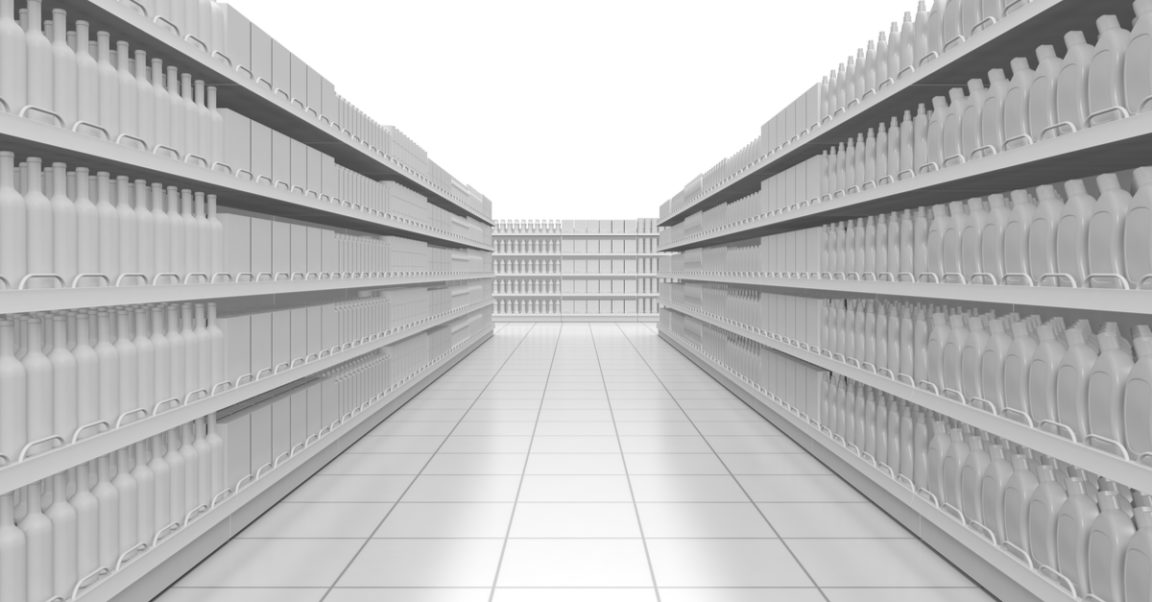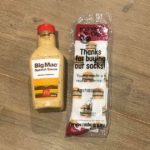I get this question a lot from people who hate marketing. “Why companies use plain packaging? It would make shopping so much less taxing, and people who hate marketing like me would support it!”
I have seen plenty of Reddit posts and articles where people fawn over minimalist product packaging design, and while the examples are gorgeous, they’d mostly struggle to succeed.
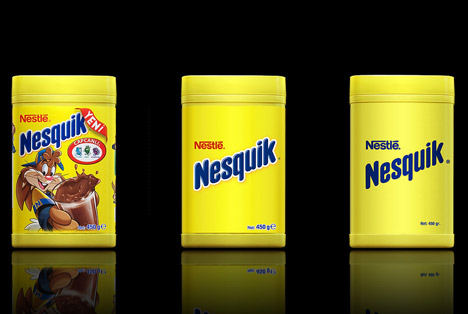
From a gallery of minimalist product design, featured on a design website.
Minimalist design fails to factor in how people choose products. Here’s an example I noticed in the wild at the Amazon Go store in downtown Seattle last week.
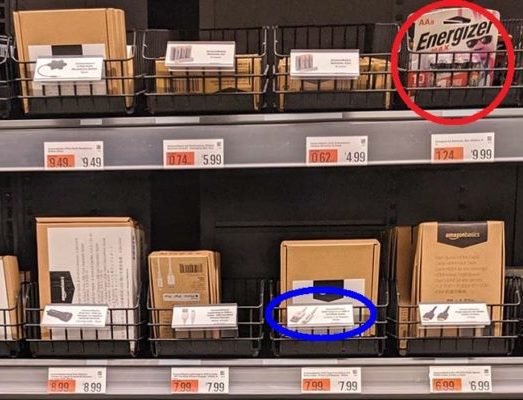
Photo from the downtown Seattle Amazon Go store
Faced with a wall of near-identically packed products, I struggled to figure out what each product was. Consumers have been trained to look at and discern the product category (“category cues”) and individual product from the packaging, not a small picture label. This is why all detergents and sports drinks look vaguely similar to each other. If products buck their category trend, they’re more likely to be overlooked. This can be entirely sub-conscious too: studies show that if you package a specific wine (e.g. a Rosé) in the wrong shaped bottle (e.g. a Champagne bottle) it sells less.

Can you tell which type of wine goes in each bottle?
Answers at bottom of the article
When we look at something, anything at all, our brains process the shape and color first. Specifically, the curves, and for colour, the colour saturation. Semantic processing, reading the labels, even though more efficient, “fairer”, and more utilitarian, takes far longer and more effort to do. Time-pressed shoppers use rules of thumb (aka “heuristics”) to assist them to shop quicker and easier.
Furthermore, the entire Amazon Go shopping experience at that shelf has gone from one where the senses can be engaged to a bland and frustrating one. I’m not an art of philosophy major, but sensory marketers know that consumers who enjoy touching things (those scoring high on the “need for touch” scale) aren’t just missing out on the joy associated with touching or holding an object (also see the endowment effect), but are actually frustrated when prohibited from touching goods!
Finally, while roughly a third of Australian supermarket sales are home/supermarket/private label brands, this is not even across all product categories. Toilet paper and cereal are two of the best examples of this, where consumers still have a strong preference for brand names.
The Checkout did an excellent segment on this in 2016
So next time you find yourself shopping, take note of how quickly and easily you’re able to shop.
If you’re interested in more, I talk about this and more in this 15 minute video on sensory marketing.
Full disclosure: David is a former Amazon employee, having worked on their retail book email marketing team and on the AWS re:Invent event. If anything, this makes him better suited to criticise the company.
Answers to Bottle Question: Left to right: Bordeaux, Burgundy, and Riesling |
